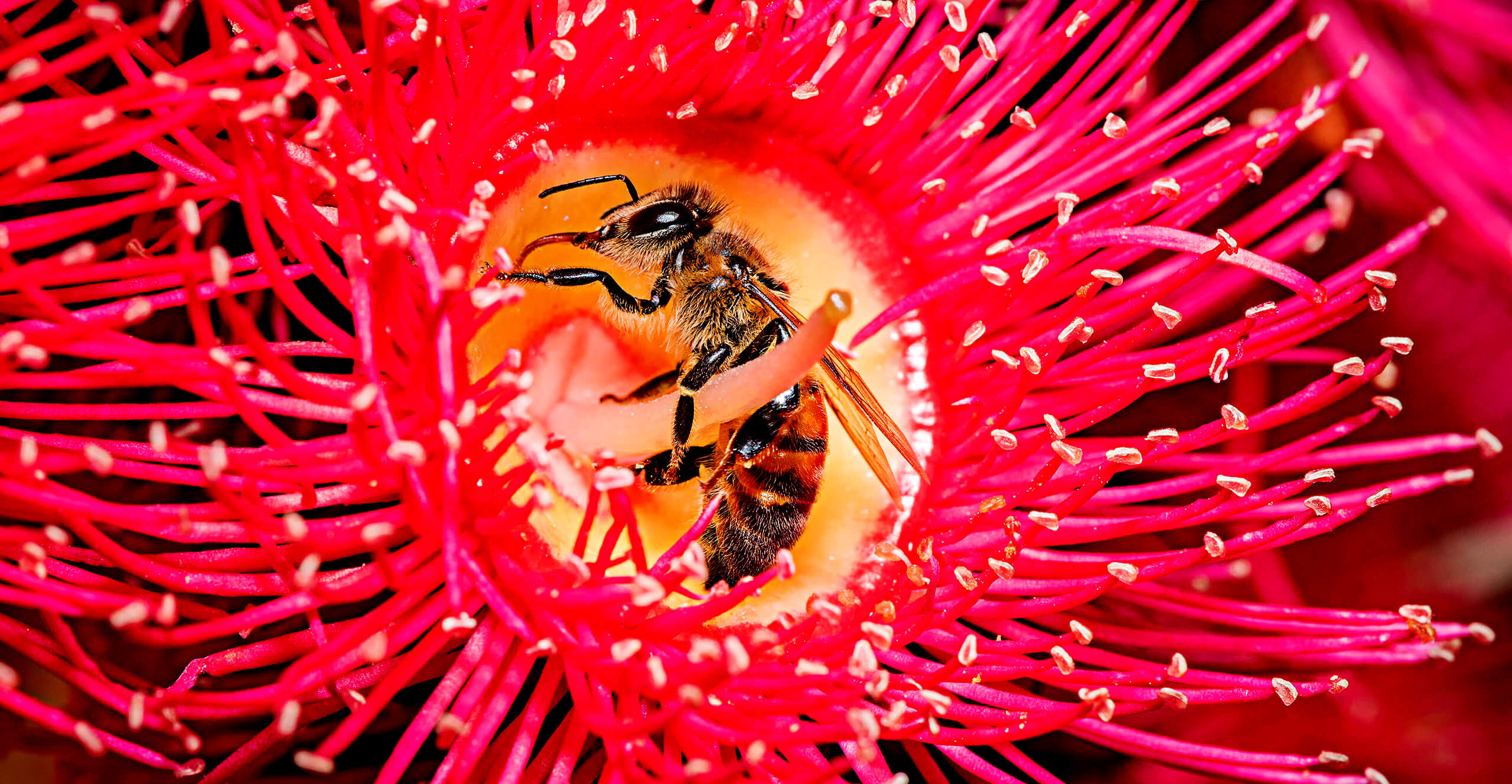Bees are considered one of the most important insects for ecosystem balance and play an active role in pollinating much of the world. There are currently about European bee, or Apis mellifera, is best known for producing honey and wax.
Bees are typically known for their organization and hierarchical cooperation. Each colony is leaded by a queen, the only fertile female securing the reproductive function in the beehive. Males, better known as drones, ensure the continuity of the species, breeding with the queen. The most common bees, the worker bee, ensure the maintenance of the hive, the production of honey and protection of the colony.
Although small, bees play a major role in the balance of the ecosystem, as about 75% of food crops in the world depend on pollination. These insects involuntarily pollinate the areas around with the pollen they released when flying from flower to flower, thus ensuring the existence of a fair amount of living beings on the planet. Hence the particular need to maintain a symbiotic relationship and respect bee colonies, protecting them from predators that have been there in recent years, such as the Asian wasp (Vespa velutina), a predatory species from Asia that tends to spread all over the world, but also from the use of pesticides and the mass destruction of natural habitats.
In order to reinforce this symbiotic relationship, pesticide use should be reduced, shelter and feeding areas for bees should be created and conservation and protection policies for endangered species should be put in place. Joint work between companies and beekeepers’ associations could be one of the most impactful ways of encouraging bee preservation.
To this end, Navigator established by the end of 2020 a protocol with the National Federation of Beekeepers of Portugal (FNAP), to reconcile forest management with beehive operations, thus ensuring the continuation of a key practice in forest ecosystems, e.g. pollination and its benefits. The Navigator Company assigns FNAP portions of its forest areas free-of-charge so that beekeepers may install apiaries and develop their activity in them.





